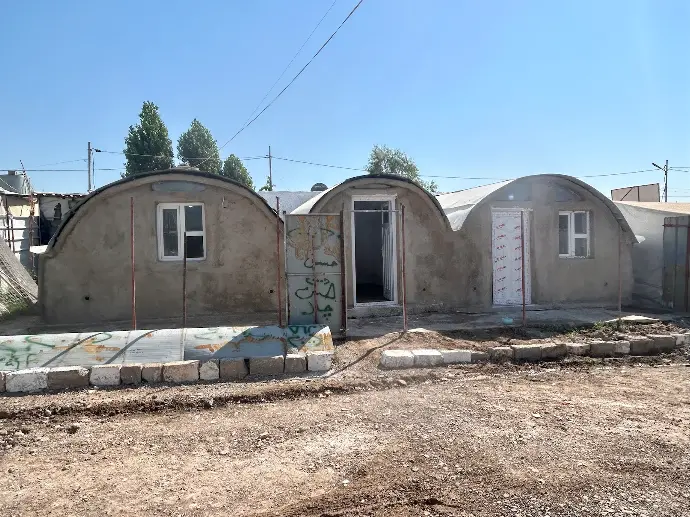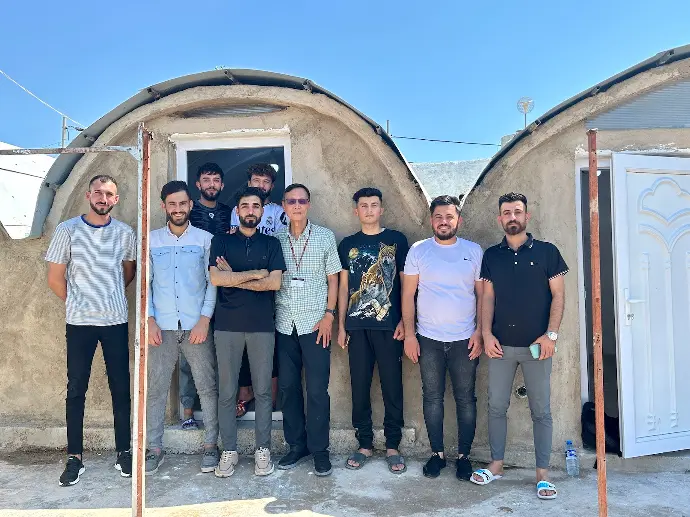The idea of introducing the SuperAdobe concept began with my first visit to the Kurdistan refugee camps in 2019, after seeing their living conditions. The tents where they live have very poor insulation, making it sizzling hot in the summer and freezing cold in the winter. Since the materials of the tents are very flammable, using winter kerosene heating lamps and often overloaded electric circuits pose an extreme fire hazard. The SuperAdobe technology is designed for people without any prior building knowledge to learn to build a house that is resistant to earthquakes, wind and fire, using mainly natural earth soil. This method costs less and is environmentally friendly.
In 2023, we received approval to promote this method in the Chamishku refugee camp as an alternative for the residents to replace their existing tents. Given the unconventional nature of this method, effectively explaining and persuading people to adopt such a radical approach is challenging if we do not provide a tangible model. Based on the camp manager’s suggestion, we constructed a prototype of a single tent to demonstrate the potential for upgrading their tents.
The creation of the prototype did not bring the immediate expected interests due to its inconspicuous location. The uncertain future of the camp also causes residents to hesitate in investing their resources to upgrade their tents. Hence, we directed our efforts in conducting training workshop. This is to train the refugees in the SuperAdobe techniques of house construction.
As we launch the first training workshop in April, we selected a family living in a highly visible area to upgrade their existing two tents into a three-vault house. The initial enrollment of the workshop was somewhat lukewarm. However, the training and construction attracted significant attention and curiosity. More people joined and participated to gain first-hand experience. Despite delays caused by rain, we completed the project in six weeks.
Training Course
Laying Foundation
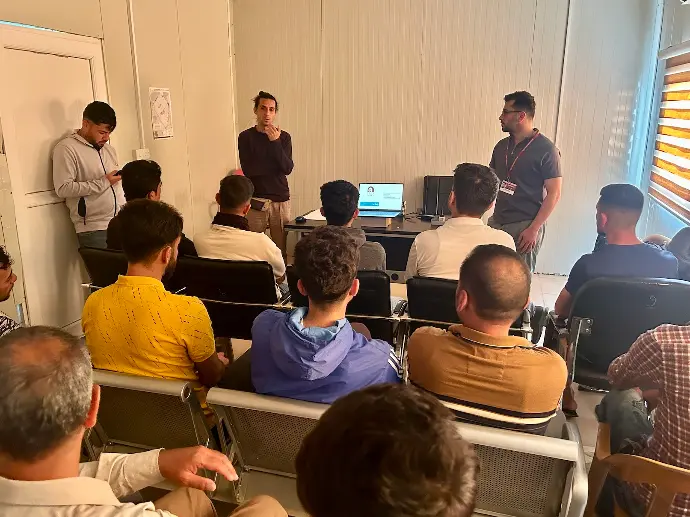
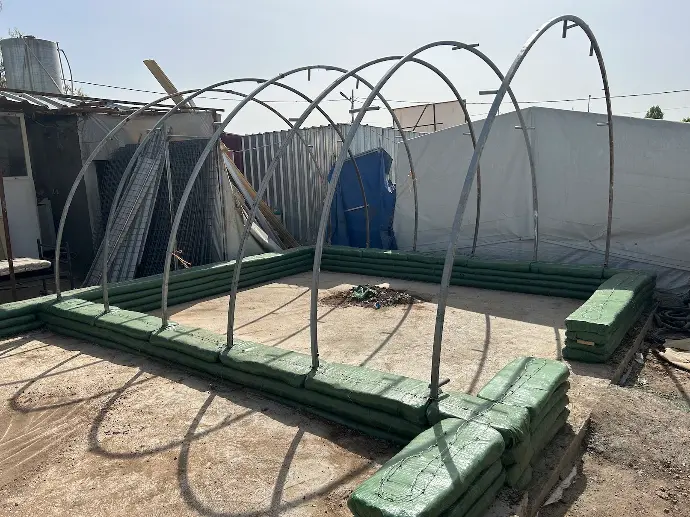
Soil added to a tube-shape plastic bag.
Installing the frame
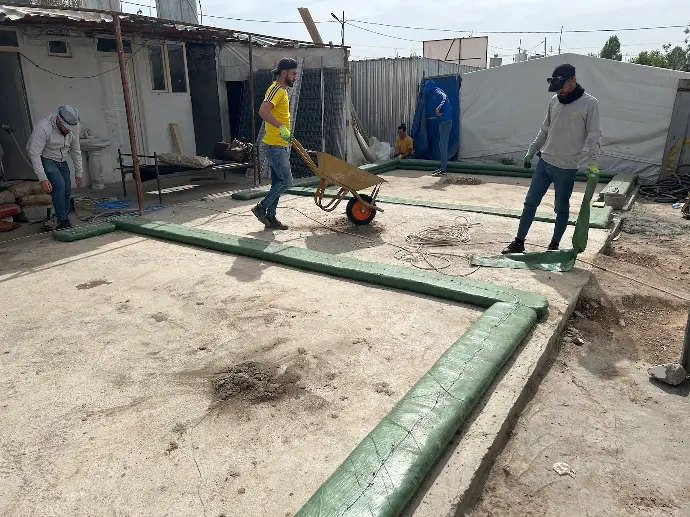
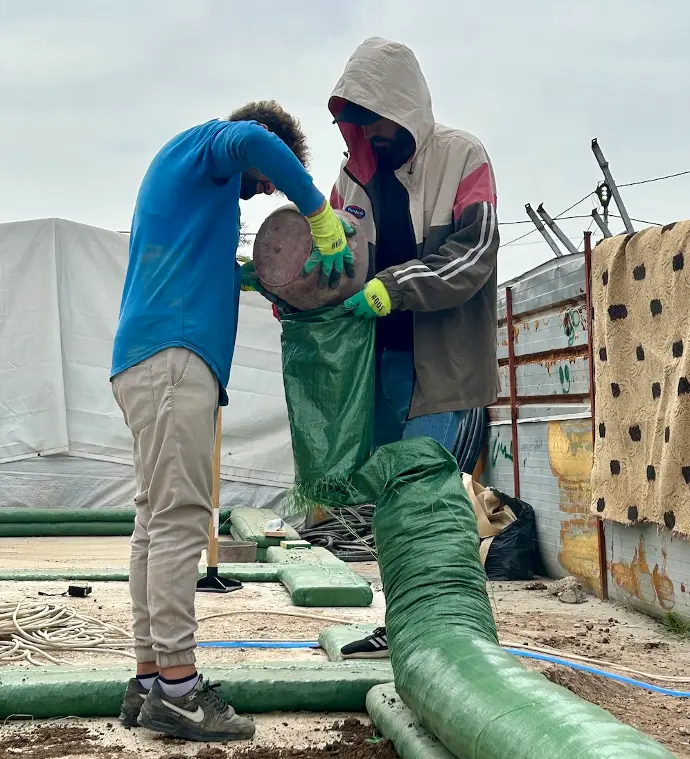
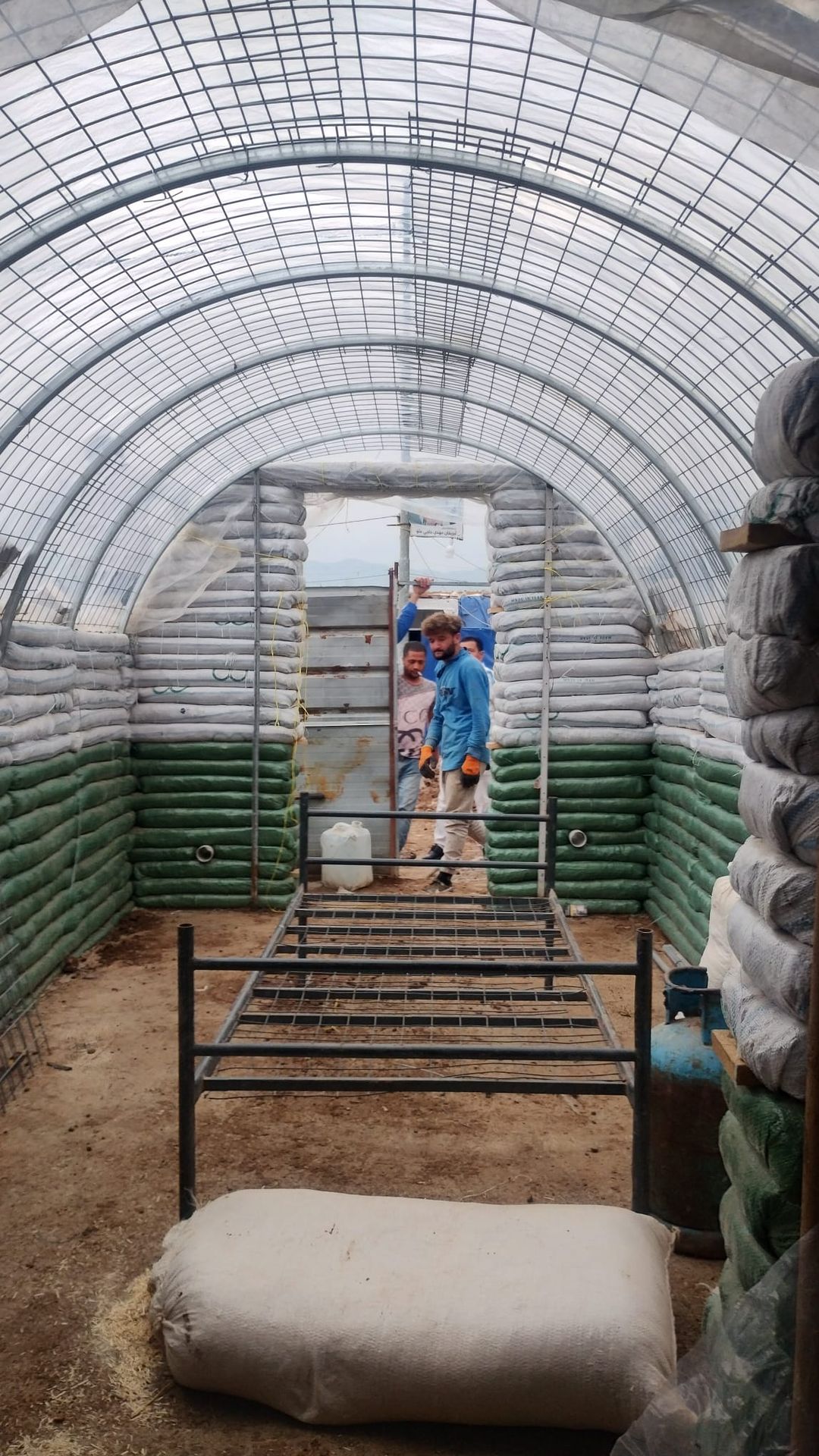
Adding more frame and building the walls.
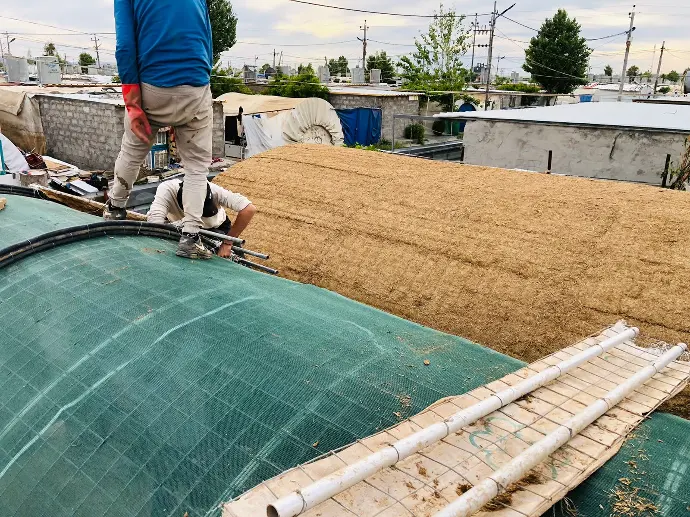
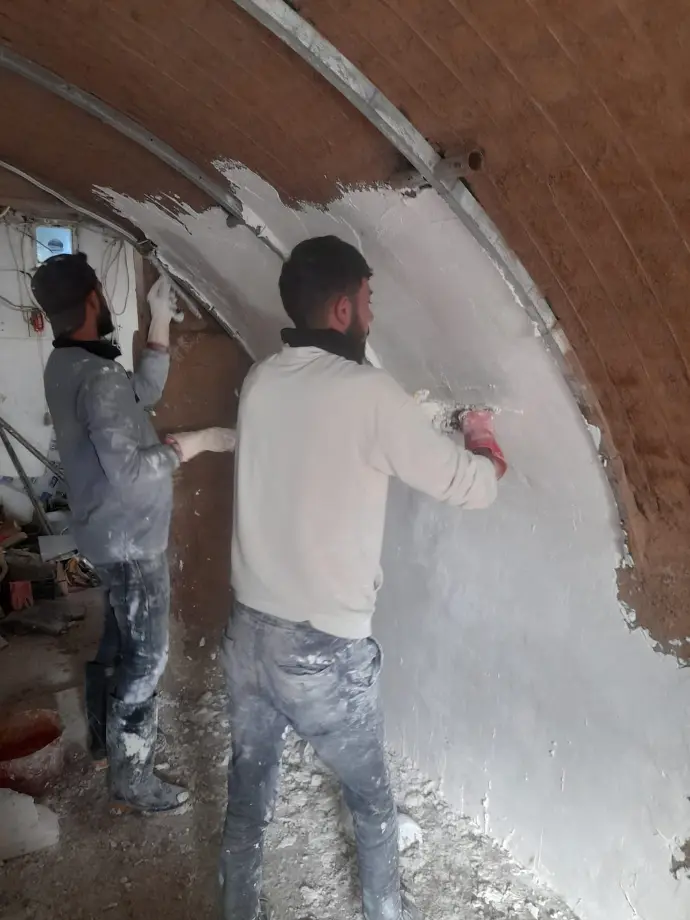
Plastering the inner wall.
Constructing the roof.
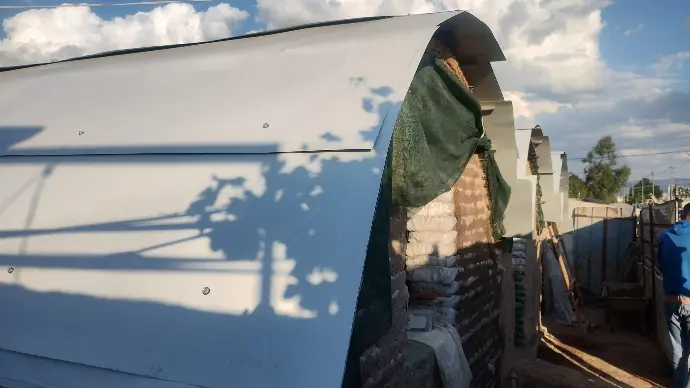
Adding a protective metal sheet.
We have ten people graduated and we awarded certificates. At least five of them expressed confidence in their ability to build the SuperAdobe house from beginning to end without the need of supervision of our consultant. In fact, these five individuals could become trainers for others. There is now a significant interest from the residents in the camp. We pray that God will grant us the wisdom to move forward.
Author had photo of new home-owner
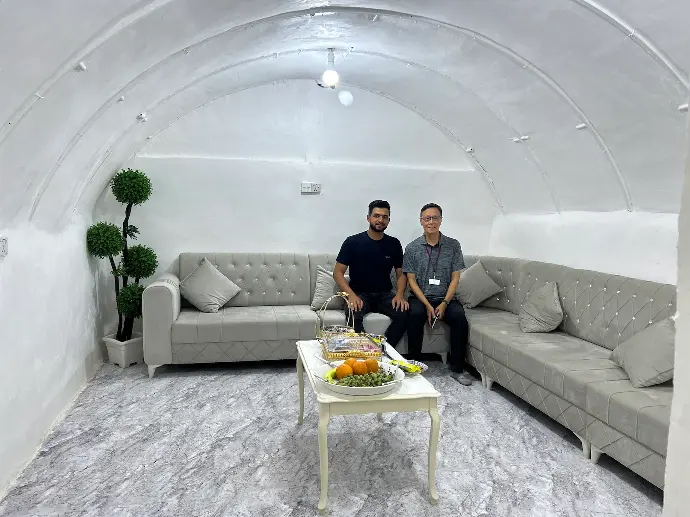
A 3-room new home almost complete.
